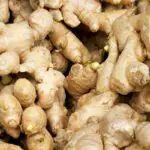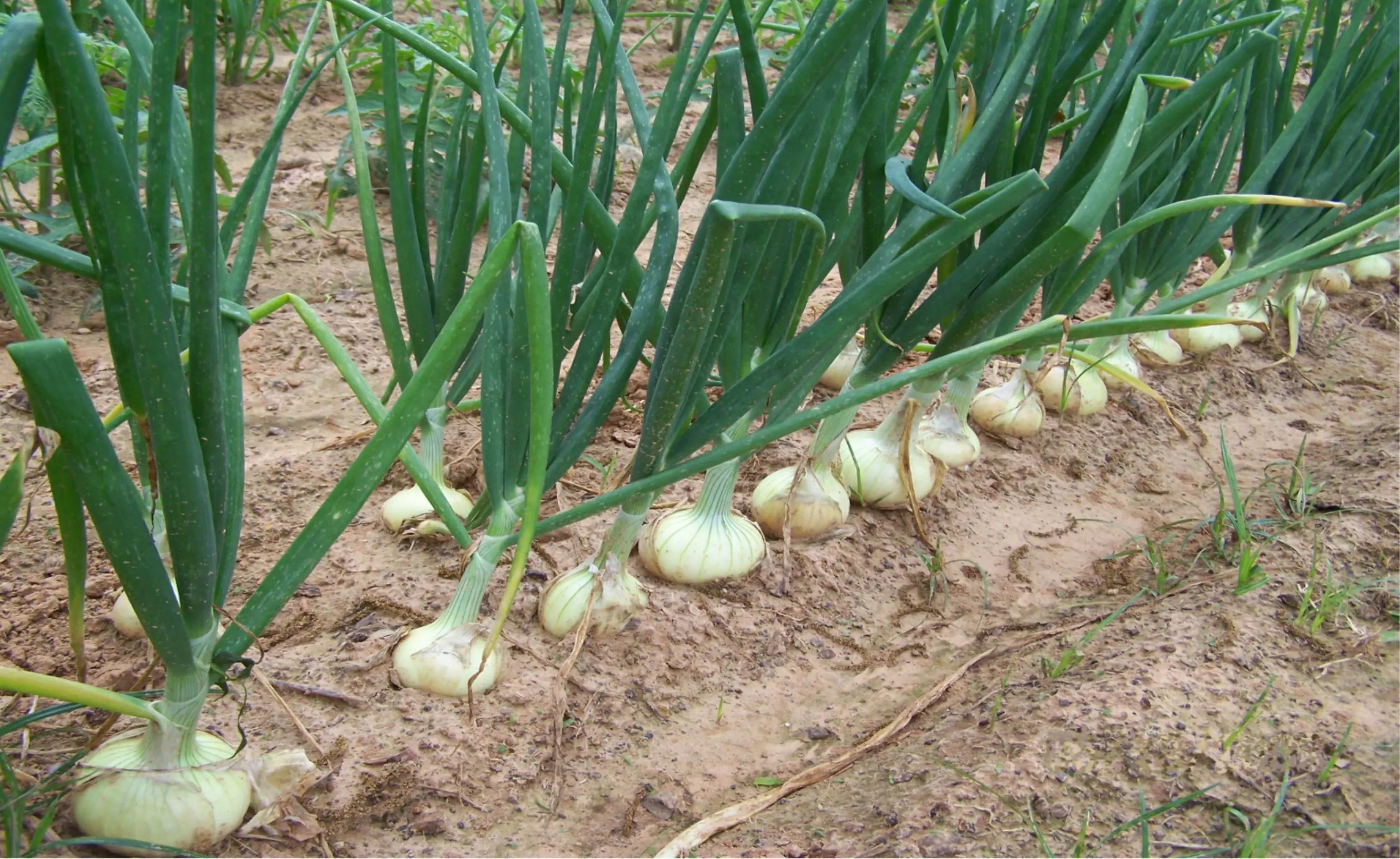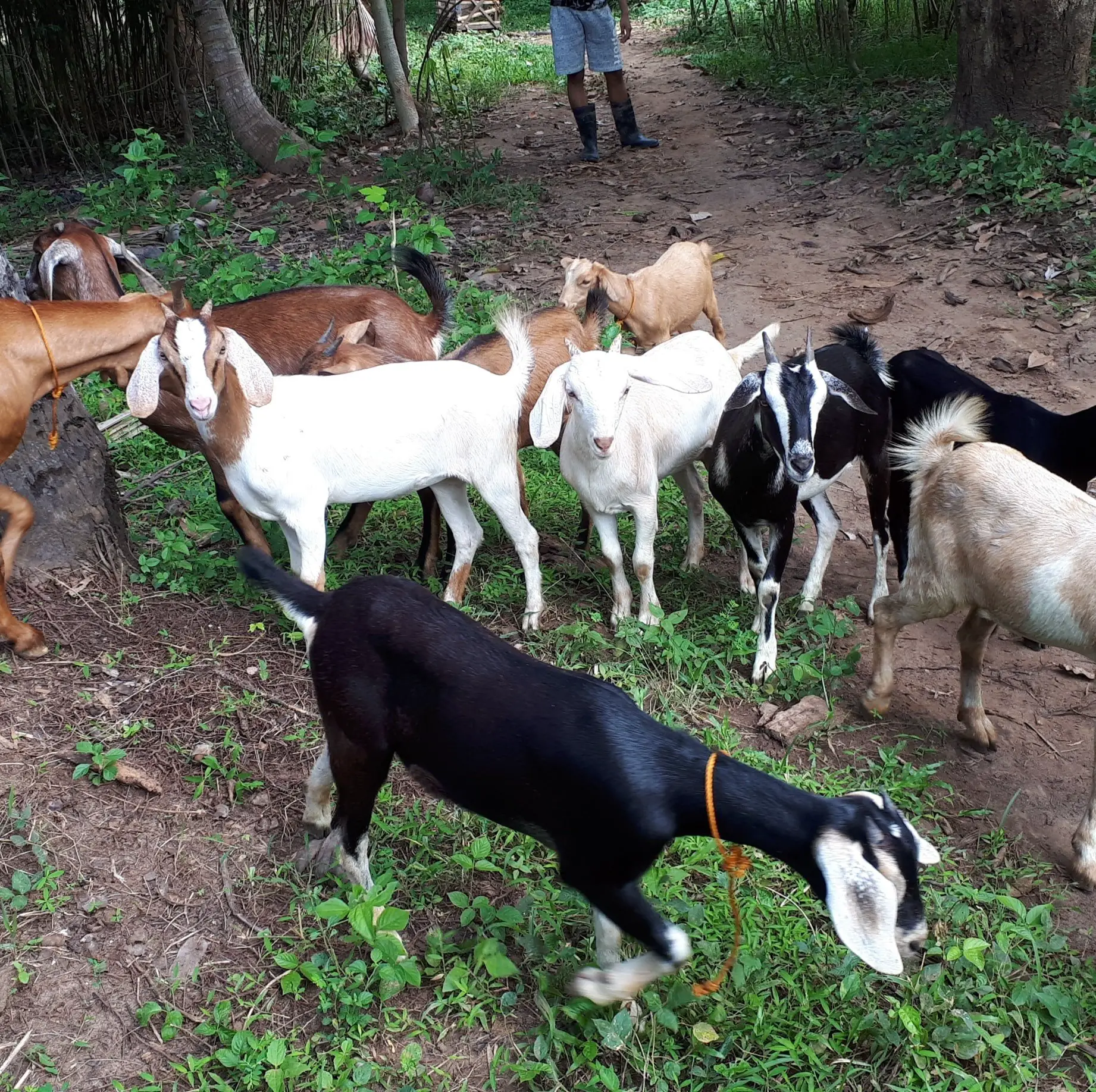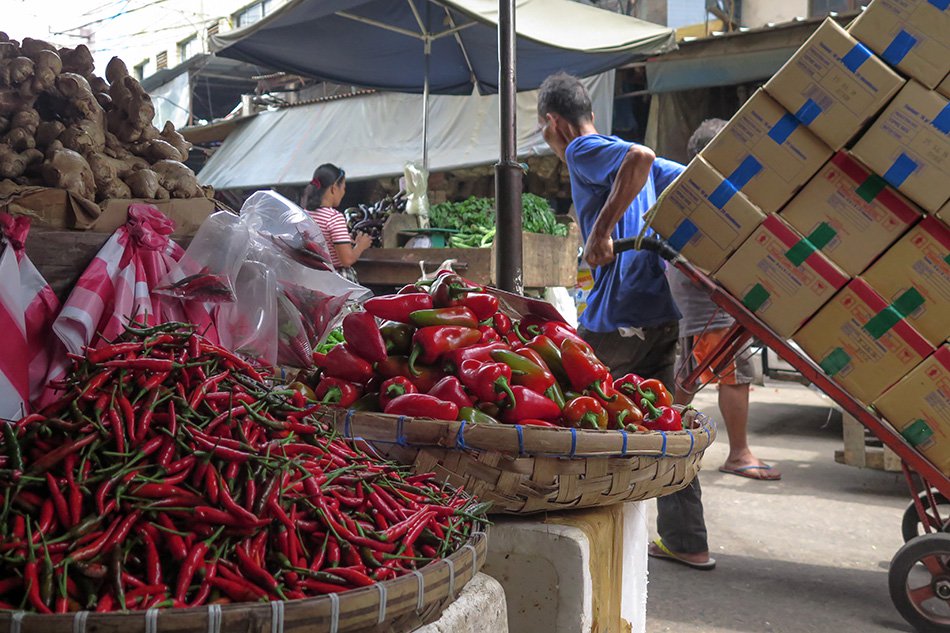The Philippines has experienced shortage in supply of onions, a staple ingredient in many local and international dishes, pushing its prices high as local yields remain low and suspected import cartels control supply in the country, earning derision from high-ranking officials of the Department of Agriculture.
Onions are grown in certain regions in the Philippines — notably North Cotabato, Southern Leyte, Nueva Ecija, Isabela, Ilocos Norte and Mindoro where Vietnam’s VietGrow will setup demo farms — but should be adaptable for planting within the Philippine agricultural lands, often blessed with plenty of sunshine.
Traditionally, farmers in the Philippines can only harvest onions once a year, unlike Vietnam’s three.
According to the Department of Agriculture, production cost per hectare is estimated at P250,000 which will include fertilizers and farm development. Advanced methods of planting, better environment and seed quality is expected to increase yield between 12 to 15 metric tons per hectare. At a farm gate price of P60 per kilo will earn the farmer between P720,000 and P900,000 and a net profit of P470,000 to P650,000 per harvest.
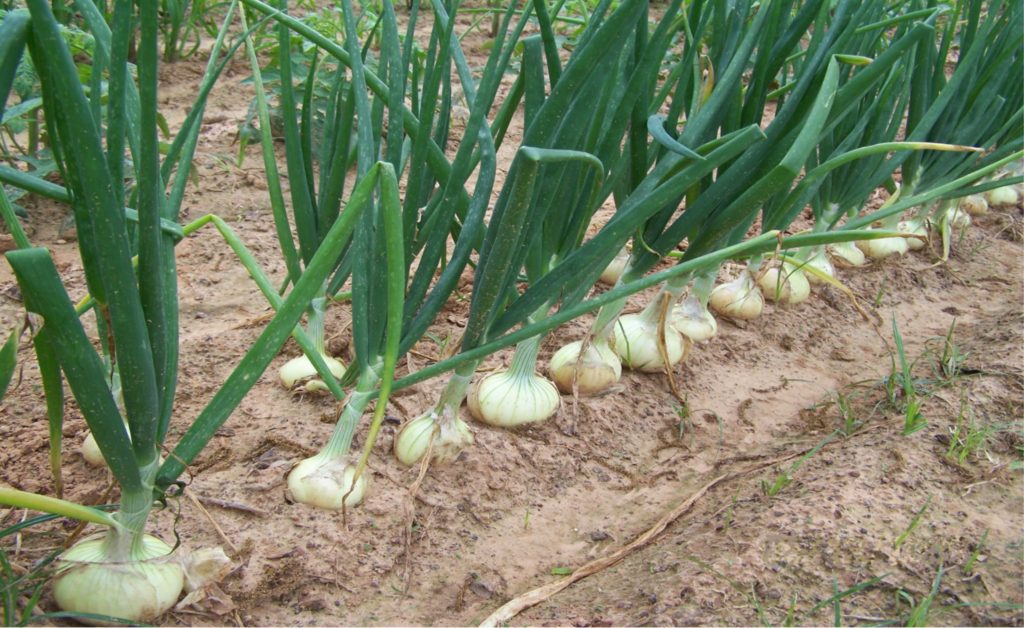
How to plant onion
- Barren lands are ideal locations for planting onions as each bulb is not shaded by other plants.
- Nitrogen is a major part of chlorophyll and the green color of plants, and ideal soil for planting onion is rich in nitrogen, well-drained and loose which allows unrestrained development of onion bulbs.
- Onion bulbs are heavy feeders so it is important that they be cultivated in well-nourished soil. Soil can be nurtured with manure/natural fertilizer before planting season. During planting time, you may supplement soil nutrients with nitrogen fertilizer, and side dress every few weeks until bulb development begins.
- For sets plants or transplanted onions, plant the smaller sets 1 inch deep with 4 to 5 inches gap between each plant and in rows 12 to 18 inches apart.
- Onions are root crops but as a planter, you should think of them as a leaf crop. This means planting onions should not be buried more than one inch under the soil. Doing so will restrict bulb growth.
- Crop rotation with fellow root crops such as garlic, potato, shallot and radish bodes well for onion.
Care of planted onion
- Every few weeks after planting, apply nitrogen fertilizer to enhance big bulbs. However, when onions start bulbing process, stop fertilizing. Also avoid putting back soil around the onions; the bulb needs to emerge above the ground.
- If mulch is used to retain soil moisture and prevent erosion, planted onions do not need consistent watering. About one inch of water — including rainwater if available — should be enough. Water more often during drought conditions.
- Mulch, which can be grass clippings, hay, leaves or shredded tree bark, also helps in regulating soil temperature and stifle growth of weeds that steal soil nutrients.
- Onion bolting is when the plant starts to show flower stalk. This could be because of heat and dry conditions. At such time, cut or pull the onion as when it starts to “bolt”, they are done and ripe for consumption.
How to protect onion from pests and diseases
Unfortunately onions are also vulnerable to pests and diseases. Foliar diseases and bulb rots, such as slimy or ‘sour’ outer scales, is a bacterial disease that significantly reduces onion bulb quality. Pests that feed on onion include nematodes, stem and bulb eelworm, thirps and onion fly or maggot. Also frequent culprits are fungal diseases such as neck rot, mildew, rust and leaf rot.
- Get your seed supplies from a source that is certified as disease-free.
- Discard extra organic debris and culls promptly. Good sanitation around the crop helps keep disease pathogen out of the planting area
- Stop nitrogen fertilization after mid-season as nitrogen fertilizer delays bulb development and gives ample time for diseases to infest the crop.
- Discard culls and other organic debris promptly. Fungi overwinter in debris left in the garden, and this includes onion plant matter that you till into the soil. Good sanitation helps keep disease pathogens out of the garden.
- Ensure that you don’t cut any part of the bulb or foliage during routine cleanup. Small cuts can create entry point for diseases.
- Pull and discard diseased bulbs. Disease spores can spread by wind and by water splashing soil onto the plant. The spores also travel from plant to plant on your hands, clothing and tools.
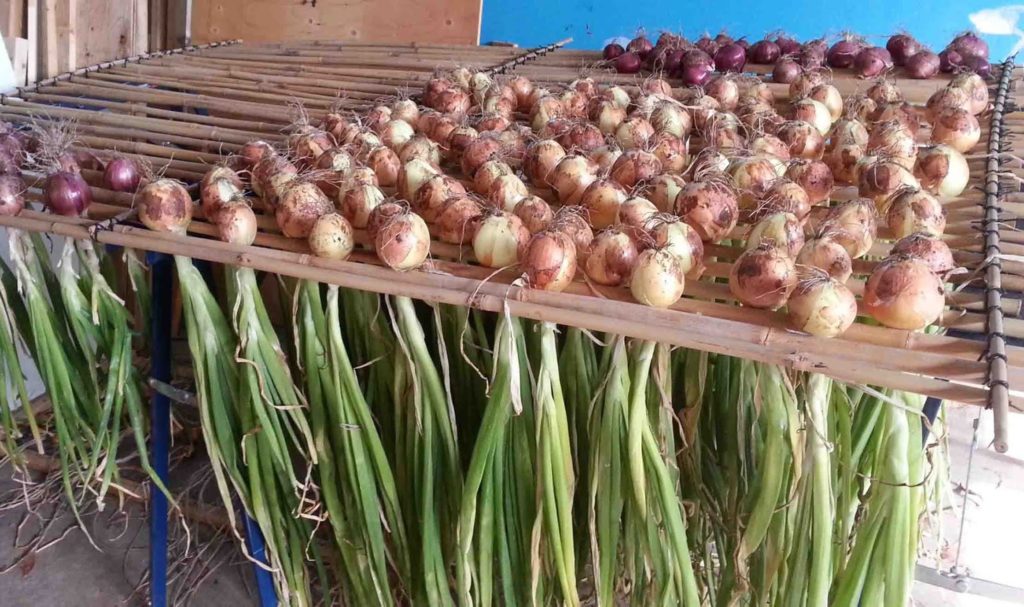 Onion harvesting and storage tips
Onion harvesting and storage tips
- An indication that onions are mature is when their tops become yellow and start to fall over. Bending the tops down or even stomping on them speeds up the final ripening process.
- Loosen up the surrounding soil to encourage drying, and turn them up to cure on dry ground after a few days. While digging surrounding soil, make sure not to hit the crop as slightest bruise causes rotting.
- It’s time to pull out the onions when the tops turn brown in color.
- Allow onions to dry for several weeks in an open screen off the ground before storing them in a cellar.
- When dry, store onions at a room temperature between 4 and 10C in braids. In case you are not aware yet, do not store onions together with potatoes.




